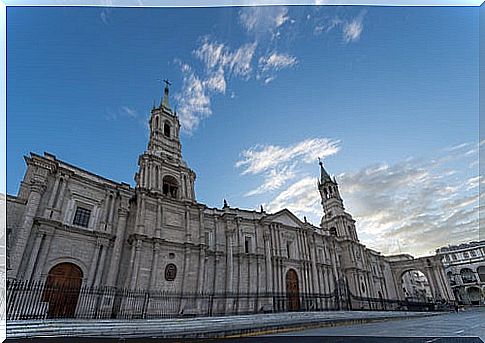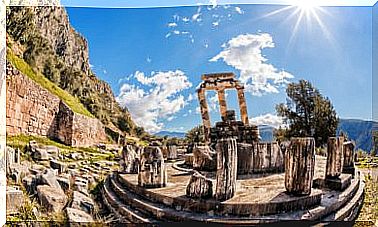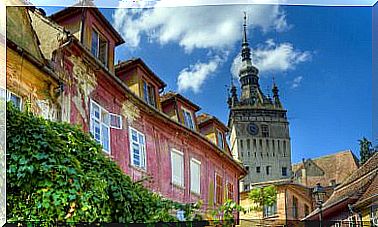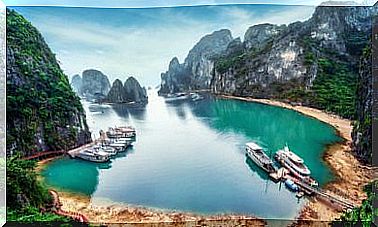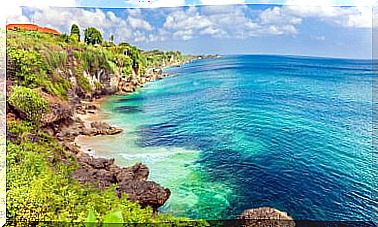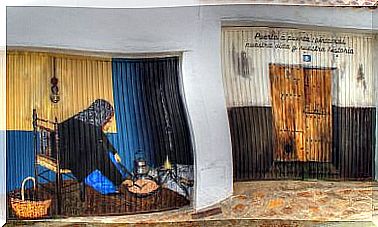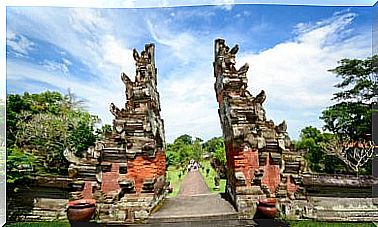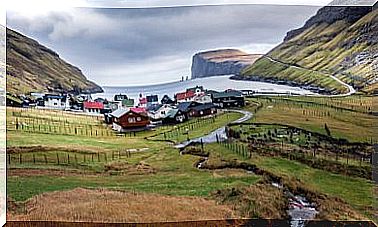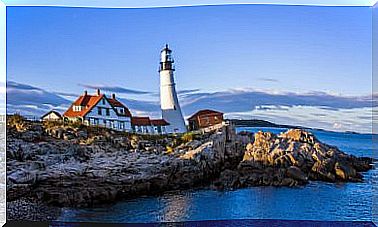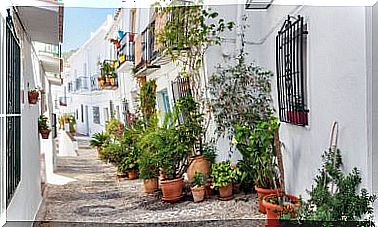We Visit The Monastery Of Santa Catalina De Arequipa
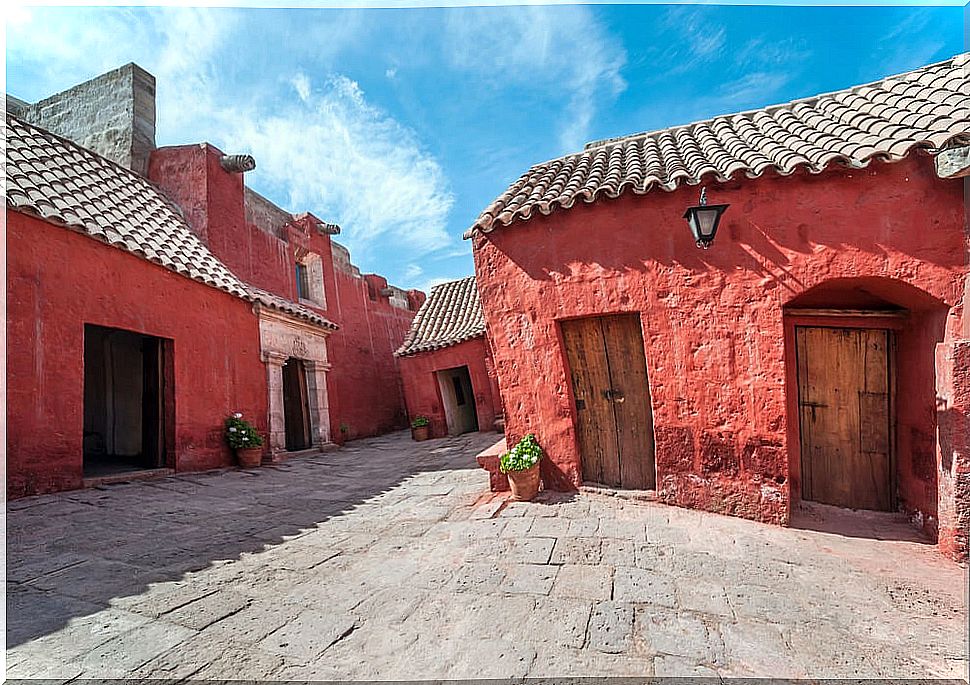
In the city of Arequipa, in southern Peru, we find one of the architectural and urban wonders of this country: the Santa Catalina monastery. It is one of the monuments that you cannot miss if you visit the White City.
Origin of the monastery
The origin of this monastery is in the first half of the 16th century. Its gestation was due to a group of upper-class Spanish women who wanted to create a private monastery for nuns.
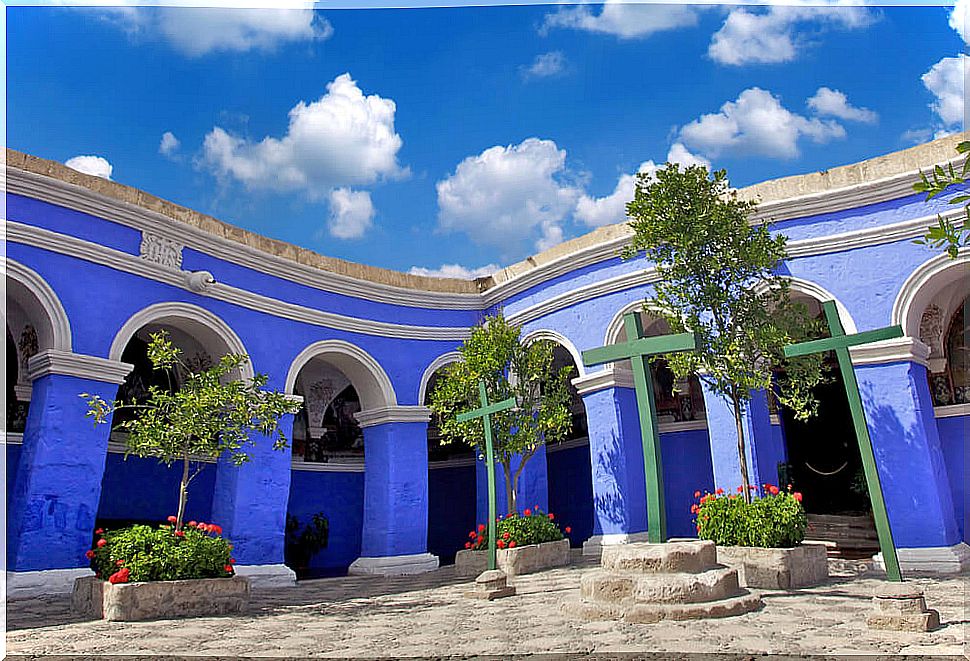
During Viceroy Francisco de Toledo’s visit to the city, the Cabildo conveyed this wish to him, obtaining the license to open “a private monastery of nuns of the Order of Santa Catalina de Siena”. In this way, this is the first monastery of nuns founded in this Peruvian city.
However, it was not until the entry into the Order of Doña María de Guzmán, a wealthy young widow, that she began to have the importance of which we are today witnesses. It is a monastery that had a population of almost 500 people, including nuns and servants.
Likewise, it is considered “a city within the city” because it houses places of worship, homes, recreation areas, common facilities and its own urban planning. Everything, within iron walls that isolate it from the bustle of the current city.
Architecture and urban planning of the monastery of Santa Catalina de Arequipa
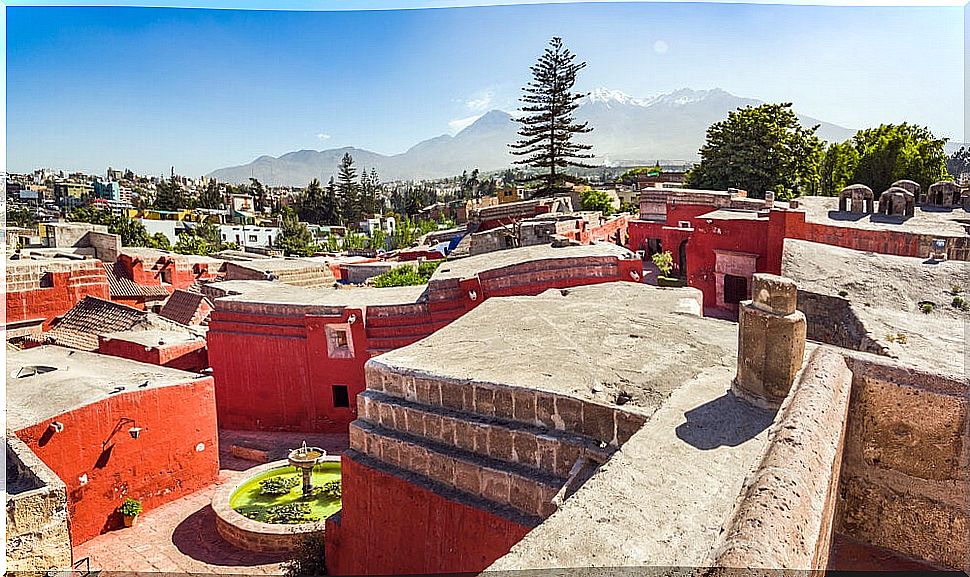
The monastery that we can see today is the result of multiple construction phases, additions and collapses due to the constant earthquakes that devastated it. It occupies more than two blocks and can be visited for the most part.
The complex is in colonial style and is built mainly with ashlar stone. It is a type of white volcanic stone that is very characteristic of the area.
It consists of a church, three cloisters, several orchards and a network of narrow streets that recall Andalusian neighborhoods such as the Albaicín or the Jewish quarter of Córdoba. The cells open onto these streets, which look more like little houses with their own living room, one or more bedroom rooms, their own kitchen and patio.
Monastery tour
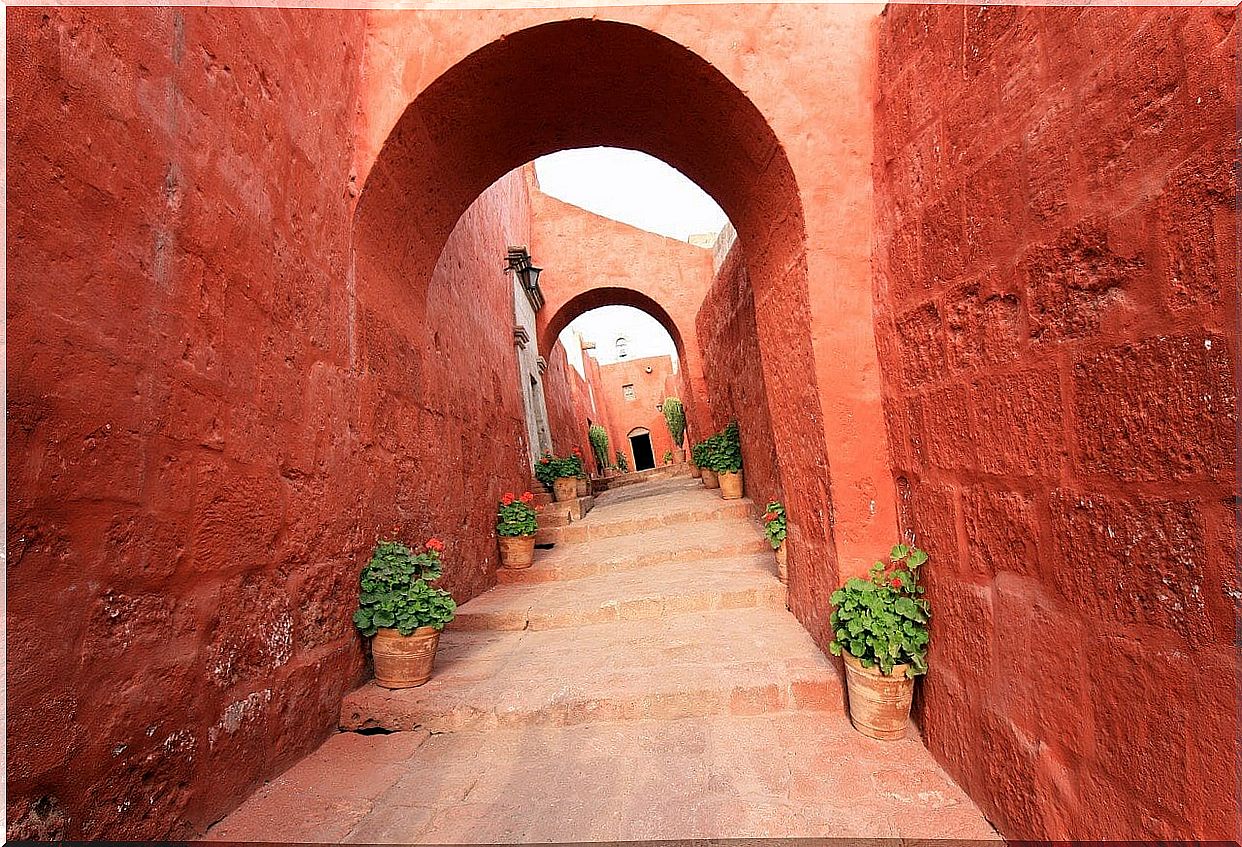
The visit starts from a small open patio next to the church. The contrast that the visitor perceives is enormous, as we go from sober walls on the outside to spaces full of color on the inside. Red, blue and yellow, frescoes with floral motifs and canvases fill all the spaces of this impressive place.
The first space we come across is known as Patio del Silencio. From there you can access a small cloister called the Novices, in whose walls hang religious paintings.
Retracing our steps, we access the Cloister of the Orange Trees, with an arcade painted in intense blue. From there we will arrive at Málaga street, where we find the first cells of the nuns.
In this small town we will see a great variety of small houses. In them, the novices even had a room for a maid who used to accompany them.
More treasures of the monastery of Santa Catalina de Arequipa
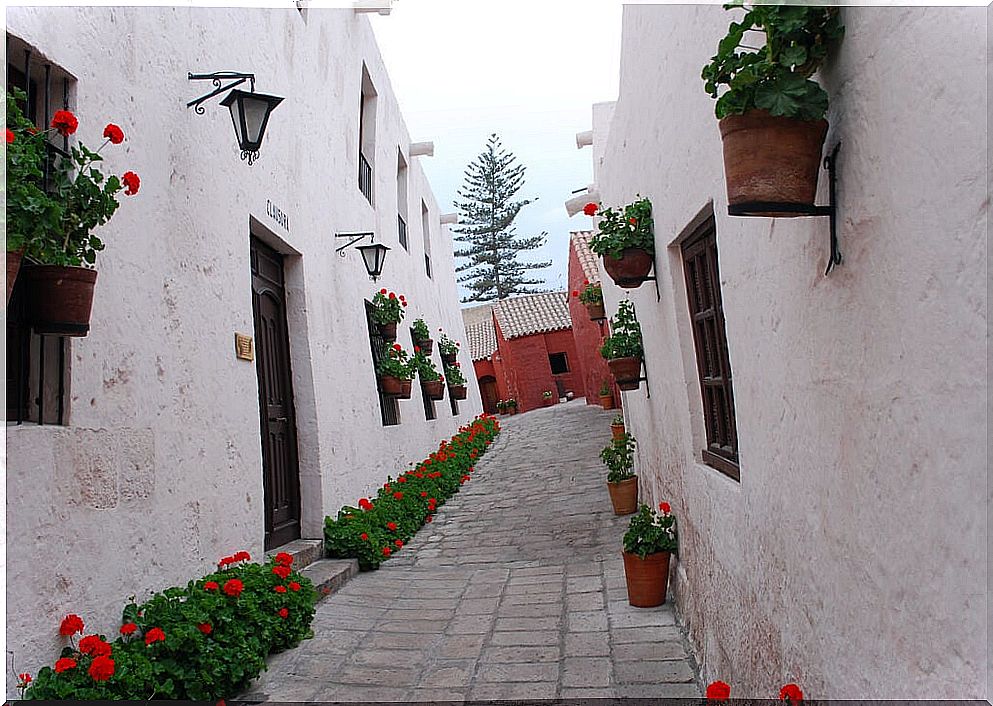
From urban planning, the Plaza Zocodover stands out, with its beautiful fountain and its views of the dome of the church. Also worth mentioning is Córdoba Street, with its pots of geraniums hanging on the walls. And curious is the outdoor laundry, made with half jars attached to a channel through which water still flows.
Behind her, we find the large kitchen, with celestial light thanks to an open oculus in the vault. This makes the light almost magically enter the space. At the end of the tour we will see another cloister, the largest, called the Greater Cloister.
From that cloister you can access the art gallery. During the restoration of the complex, countless paintings from the viceregal, Italian and Spanish schools that are exhibited here have been recovered. They are endless treasures that are worth admiring.
Today, the monastery can be visited every day of the week. It has several rates as well as an optional guided tour not included in the price.
